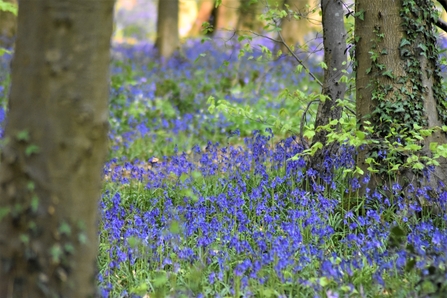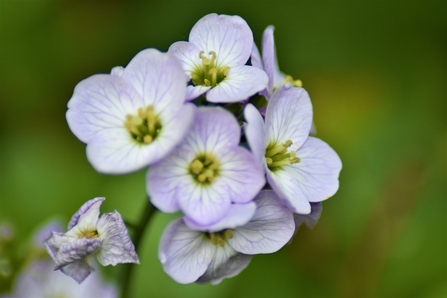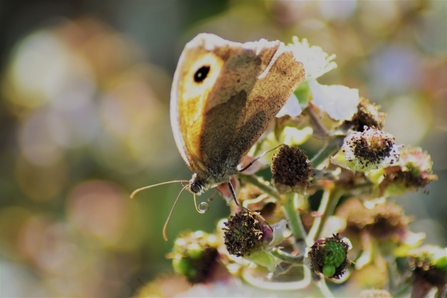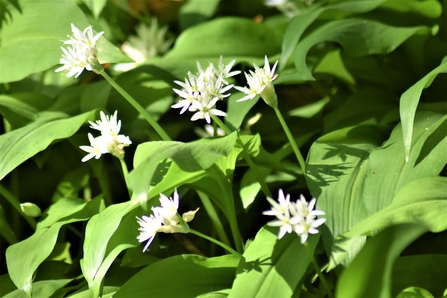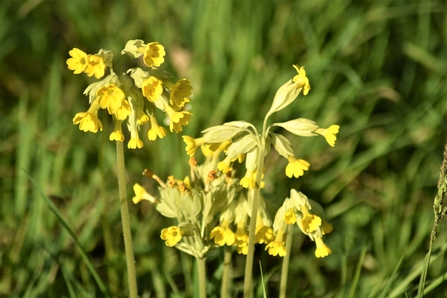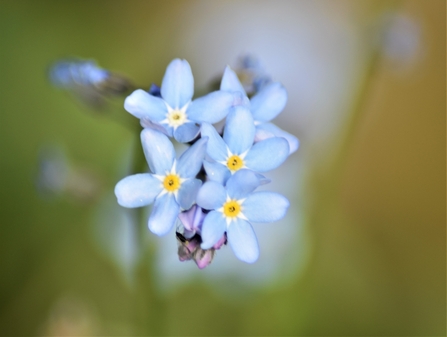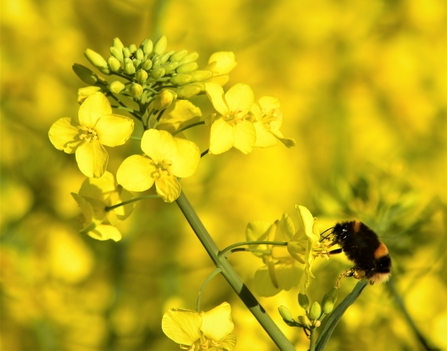April is a month synonymous with new beginnings. Spring in and around Gloucestershire is a wonderful thing to experience. Flowers bloom across the hills and birdsong echoes throughout the valleys. Many recognisable species such as daffodils litter the landscape with a variety of birds claiming their territory through music.
I have been to many wild places in and around the east of Gloucestershire as part of the Wild Trainee scheme set up by Gloucestershire Wildlife Trust. Since starting in winter, it has been a pleasure to see the sights change with the seasons from cold and dormant to warm and alive. I've been lucky to see many beautiful flowers such as bluebells, wood anemones and forget-me-nots.
Early in April I was on Swift’s Hill nature reserve working with the other Trainees on a stone wall surrounded by lush grassland and the grazing belted Galloway cattle. We had to deconstruct the wall and temporarily fix it to prevent cattle escaping into the adjacent field. Not soon after I was clearing leftover brash from Dimmel's Dale in Chalford with two cheeky ponies and lots of wild flowers. At Greystones Farm I was involved with making a new pathway with volunteers and my fellow trainees. This was done to prevent erosion of the grassland and help it recover. Lastly, this month, I've been planting a wealth of trees on Kite’s Hill in a farmland setting with curious cattle checking in on our progress.


